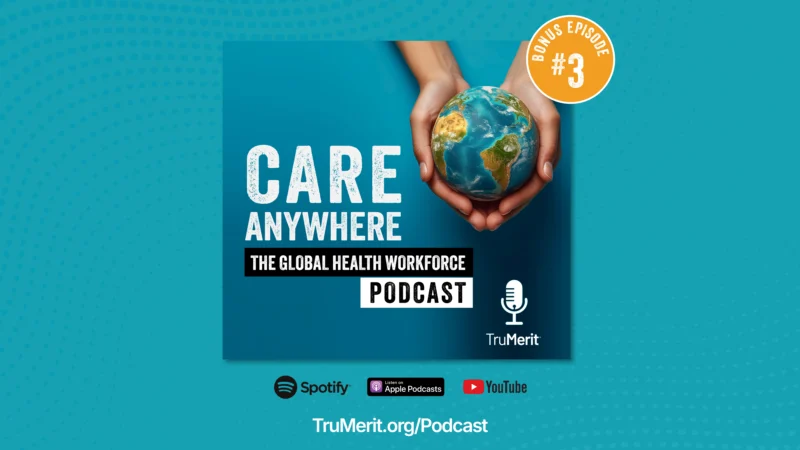Personal Responsibility in Cybersecurity is the Cornerstone of a Holistic Strategy for Protecting Healthcare from Cyber Threats
Emphasizing personal responsibility in cybersecurity is essential for forging a resilient defense against the rising tide of cyber threats targeting the healthcare sector.
The cybersecurity community is abuzz in the wake of a devastating ransomware attack on Change Healthcare. U.S. senators, led by Senator Elizabeth Warren, call for greater transparency from the Cybersecurity and Infrastructure Security Agency (CISA). This demand spotlights the escalating urgency for robust cyber defenses as the healthcare sector becomes increasingly targeted. The senators’ call for a comprehensive assessment underscores the pressing need for a systemic overhaul of how ransom payments, particularly those involving cryptocurrencies, are handled in breach responses.
What practical steps can enhance cybersecurity measures without relying solely on regulatory frameworks? This question is at the heart of this expert analysis, especially relevant as industries and governments grapple with the growing sophistication of cyber threats.
Davy Wittcock, a Healthcare CBO, IT Executive & Analyst, and Chief Business Officer at InFlux, advocates that personal responsibility in cybersecurity begins with individuals being vigilant about their digital interactions, a fundamental layer of any comprehensive cyber defense strategy. The solution involves governmental intervention and a ground-up approach starting with individual actions.
Key insights from Wittcock include:
- Holistic Approach: Cybersecurity requires a collaborative effort from individual vigilance to governmental oversight
- Guidance Over Regulation: The focus should be on providing clear guidelines and tools rather than imposing stringent laws which may not be as effective
- Versatility of Threats: Banning specific payment methods like cryptocurrencies won’t stop ransomware attacks, as perpetrators will find alternative means
- Empowering Entities: Entities at all levels need tools and knowledge to prevent and respond to cyber threats effectively
- Starts with Individuals: Encourages personal responsibility in cybersecurity practices, such as avoiding suspicious links and maintaining business-only communications
Wittcock’s analysis reflects the broader implications for cybersecurity strategies in safeguarding sensitive sectors like healthcare. His emphasis on a bottom-up approach highlights the need for comprehensive and adaptable strategies that involve all stakeholders.
Article by MarketScale









